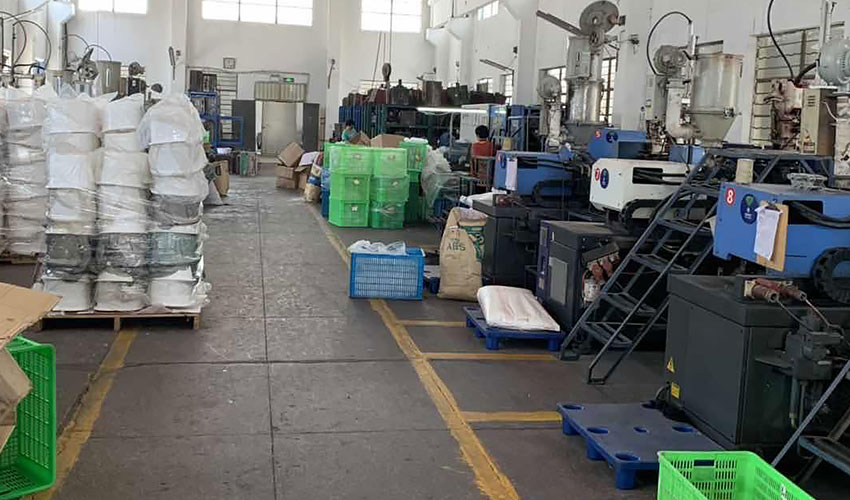Types of defects and sample size
The nature of potential defects and the percentage of inspected items
There are basically three main methods of producing goods in China:
- automated
- partially automated
- manual manufacturing
The production method determines the nature of potential defects.
Automated manufacturing
All items in the batch usually have similar quality, because they are produced under identical conditions and on the same equipment. The only exception would be some malfunction or faulty operation of the machinery, leading to certain systematic defects.
If such production flaws are identified among the inspected samples, a certain percentage of items it the batch would have it as well.
This statement is also true for the opposite situation: if the inspected samples do not have any production defects, the rest of the items would also be fine.
Therefore, the inspection of 50-80 items from the batch is generally enough to draw a conclusion about the overall quality of the goods.
Partially automated and manual manufacturing
The use of manual labor increases the risks of various random defects due to human errors, especially in the absence of thorough internal quality control at the factory.
This is particularly evident in Textile manufacturing. A lot of manual work is usually involved in the process, leading to such common handmade production defects as skipped and irregular stitching, uncut threads, loose buttons, and so on.
In case such flaws are found in the course of inspection and the client considers the defect rate to be too high, the whole batch may be returned to the supplier for corrections.
Quantity of inspected items
The percentage of inspected items is determined by AQL standards and depends on the following factors:
- Total quantity of the items in the batch.
- Technical complexity of the items.
For example, the inspections of consumer electronics are usually more time-consuming because the inspector has to test functionality of the items in addition to the examination for external defects and overall quality.
Normally we aim to inspect 5-10% of the total amount of the goods.
Does it make sense to perform rejection of every item during the inspection?
We do not recommend asking the inspector to perform rejection of every item.
Firstly, this is usually impossible time wise in the course of one inspection and may require additional visits to the factory. Such approach only makes the inspection more expensive and delays shipment.
Secondly, it only leads to even higher defect rates in future orders. The supplier gets the idea that the rejection is taken over by an inspection company, whereas it is the function of internal quality control department.
The main purpose of a pre-shipment inspection is to identify potential problems with the goods and provide accurate data about it, so that the supplier could address them.
More topics on Quality Control Inspection services
Pre-shipment inspection: relevant points
We would like to draw your attention to the following details concerning pre-shipment inspections. 1. Inspection request. We always do our best to arrange inspections promptly. In major production regions it is usually possible to organize an inspection next...
Factories vs reseller companies
How to tell a real factory from a trading company in China Reseller companies in China often present themselves as manufacturers. After receiving an order for production, they pass it to some factory, often being oriented towards the domestic market and having very...
AQL Standard in Quality Control inspections
Is AQL the most effective Quality Control method?AQL (Acceptance Quality Level) is a widely adopted Quality Control standard. It is used to determine how many units should be inspected and how many defects are acceptable during the inspection.The defects are usually...
How do we perform LIVE quality control inspection in China?
What is really happening at a Chinese factory? LIVE quality control inspection in China is an innovative service for Amazon FBA sellers. Check out our video to see how it’s done! Normally the client gets all the information about the inspection results...
Stainless steel cookware inspection in China
Quality control inspection services by FBAHELP FBAHELP performs quality control inspections of a wide range of products in China, including stainless steel cookware. Stainless steel cookware QC inspection includes the following steps: Checking for any...





